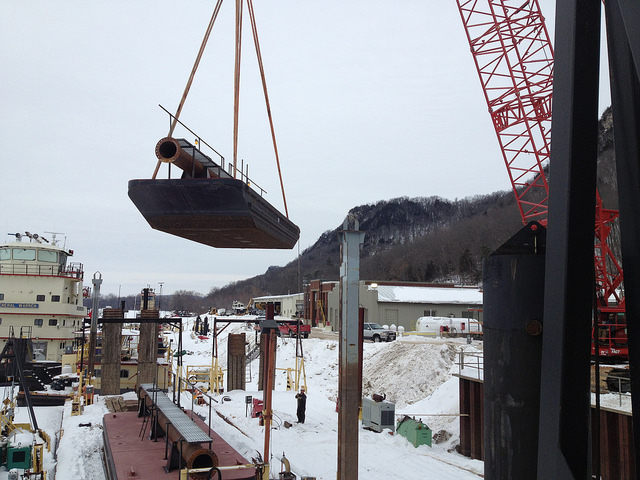Risk management is at the heart of business success. It basically boils down to “protect your backside,” and companies that don’t do that, don’t last long.
In The Checker’s many years of helping companies use inspections to improve profitability, it’s become obvious that many companies aren’t paying enough attention to the risk of equipment wear and tear that eventually leads to failure.
Consider these business risks:
- Equipment that must be prematurely replaced due to excessive wear and tear.
- Productivity losses and operational delays due to equipment failures.
- Potentially enormous costs (including liability exposure) of on-the-job accidents due to defective equipment.
- Non-compliance with laws and regulations (e.g., safety, environmental) due to defective equipment.
Failing to address these risks leaves your “backside” wide open.
What Can You Do
These are four business processes companies can implement to minimize the risk of equipment failure.
1. Regular inspections.
Whether it’s a chainsaw or a multimillion-dollar crane, it’s common sense that thoroughly inspecting equipment before each use is the best way to ensure that it won’t fail during operation.
With an easy-to-use, equipment-specific inspection checklist system such as The Checker, you can ensure pre-use inspections are done properly and documented.
2. Reactive maintenance.
When equipment does fail—or much better, when an inspection identifies a problem to be addressed before an in-use failure—reactive maintenance occurs. This is “fix it” maintenance.
Nonetheless, you can minimize the risk of equipment failure in your reactive maintenance processes by insisting on proper fixes, rather than tolerating (or encouraging) a “get it back on the job ASAP, no matter how” mindset. The palpable short-term pain of equipment downtime shouldn’t lead to hasty or incomplete repairs that expose the company to potentially much-costlier operational, compliance, and liability risk.
3. Preventative maintenance.
Companies that sufficiently appreciate the negative financial impact of equipment failure don’t wait until equipment fails to give it attention. They have a formalized maintenance process to stay on top of the routine care the equipment requires and replace parts according to schedule.
They also train personnel on how to use the equipment in as non-destructive a way as possible—which technically may not be “maintenance” but surely helps reduce wear on equipment. (Because it’s human nature to care more about things you’re responsible for, the process of having personnel conduct regular pre-use inspections usually leads to gentler treatment of equipment—just one example of how these four processes complement each other.)
4. Predictive maintenance.
This is the process of using historical data (e.g., maintenance records, inspection results) and ongoing measurement of equipment during operation (e.g., testing load-bearing capability) to predict when it’s going to fail (or fall below operational standards) and take corrective action before then.
Predictive maintenance is preventative maintenance taken to an even more proactive level. It’s a sign of a company that completely gets the importance of keeping equipment in optimal operational condition.
The Bottom Line
Companies can substantially reduce the risk of equipment failure by combining regular, properly conducted equipment inspections with a maintenance program that includes preventative and predictive maintenance in addition to reactive maintenance.
Images courtesy of U.S. Army Corps of Engineers, Creative Commons.
Google+










